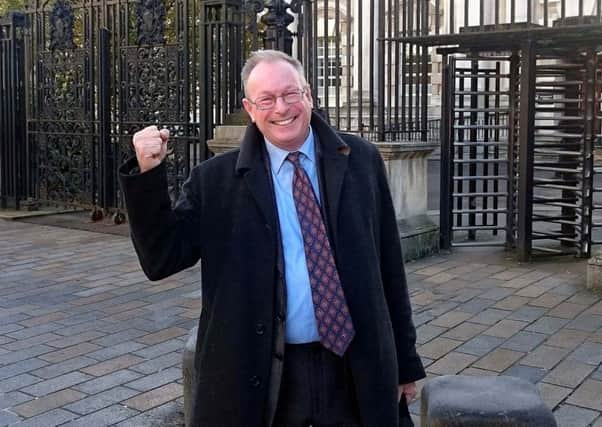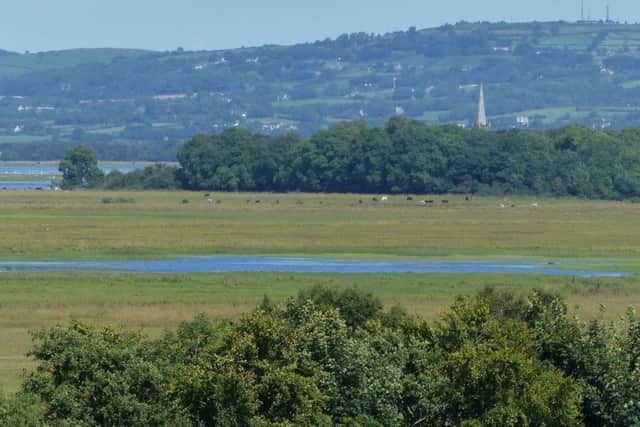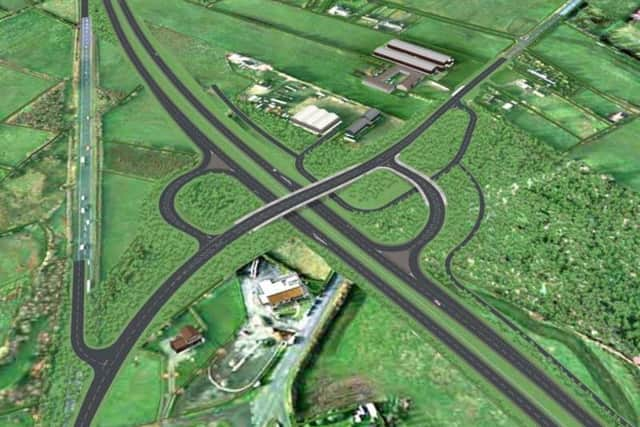Chris Murphy: Why I am taking legal action on the A6 upgrade that impacts on Lough Beg


The government’s chosen route for the contested stretch of the A6, the ‘Red Route Variant’, does indeed impact on Lough Beg, possibly unique in supporting as many as five breeding pairs of the rare Whooper Swan.
This is not the orange and black-billed Mute Swan typically found eating bread on park lakes; Whooper Swans are truly wild, migratory birds. They sleep on the safe waters around Lough Beg by night and graze the wet meadows near Toome by day.
Advertisement
Hide AdAdvertisement
Hide AdThese meadows, that stand to be bisected by this contested route are internationally important for Whooper Swans and many other migratory waterbirds that breed in Iceland and spend the winter here in Northern Ireland.


It is their fate upon which this legal challenge is primarily founded, not breeding birds, important as they are.
Of the many fields in Northern Ireland few can meet the specific needs of these wild swans and other protected birds such as the Golden Plover.
They cannot simply be encouraged to move elsewhere as is being suggested by the Department for Infrastructure. The transcript of the public inquiry that Mr Johnston mentions makes reference to 18 hectares (44.5 acres) of important habitat lost in the construction of the Toome bypass.
Advertisement
Hide AdAdvertisement
Hide AdThe department has since forgotten that it agreed to make good this loss to wildlife through compensatory measures. Regardless of the outcome to the legal challenge the department should be held to its promises.


It is in this context that I hope my ‘single lens’ approach, referred to by Mr Johnston, might be seen.
In choosing the ‘Red Route Variant’ against the advice of its consultants and consultees the department knew very well that it would be unable to work on the route for six months of the year due to the presence of protected birds, thus prolonging construction by 50%, from three years to four and half, with obvious implications to the overall cost.
The sort of welcome Northern Ireland rolls out for Lough Beg’s wintering Whooper Swans this autumn will now be decided on August 11. I’m hoping it will be a warm one.
Chris Murphy, Co Down